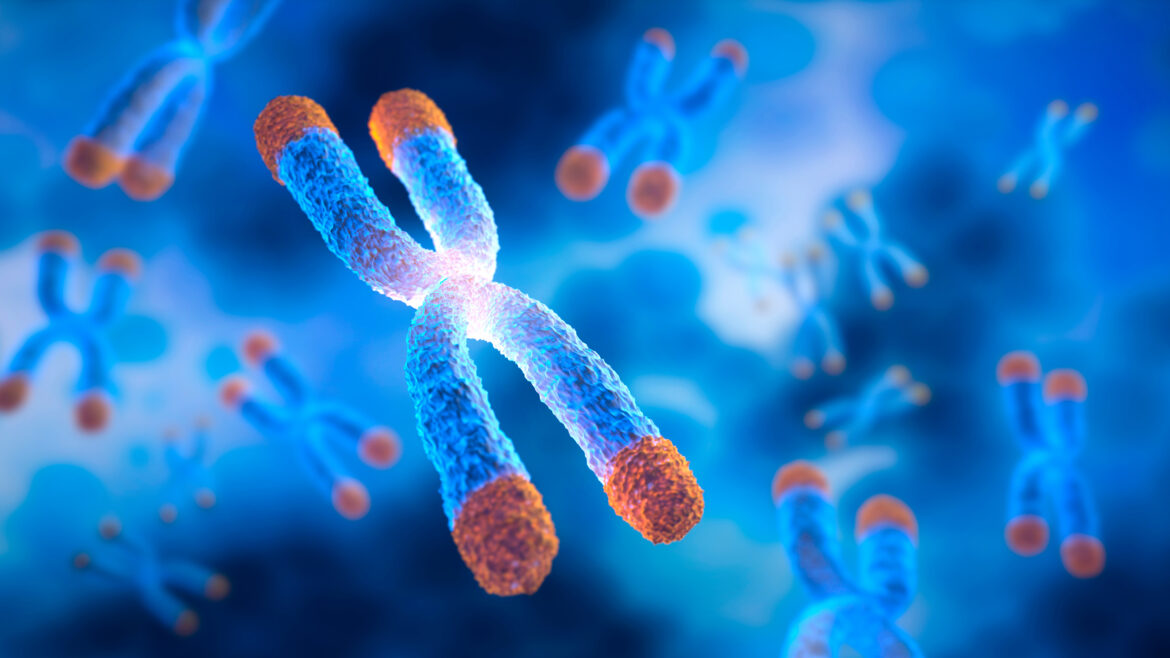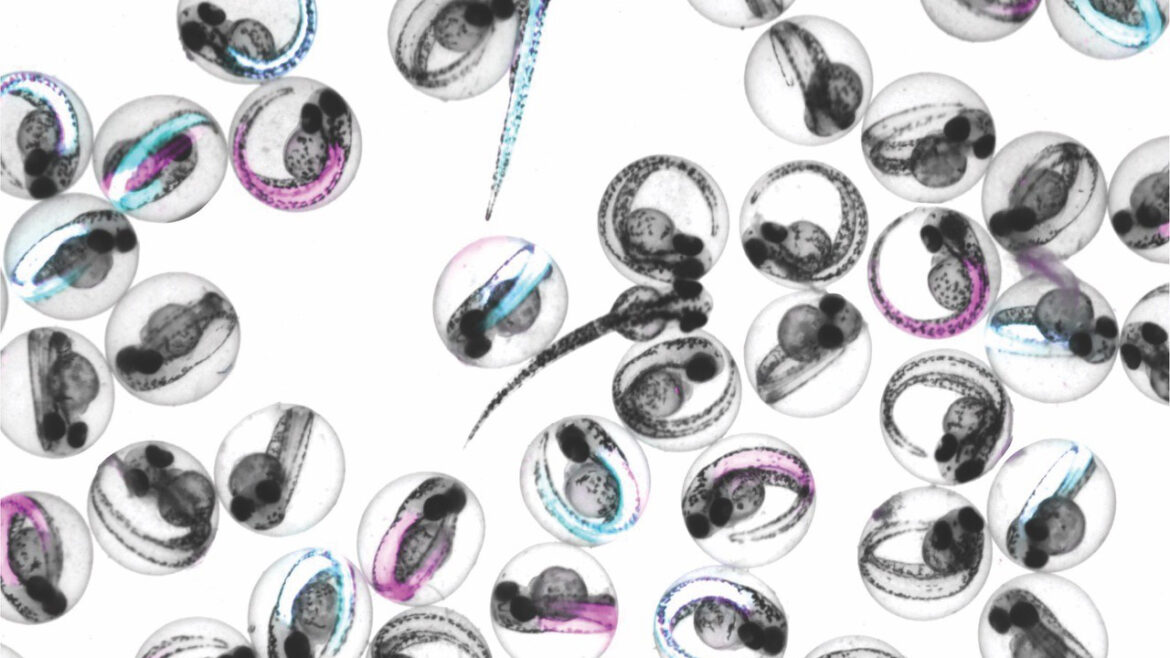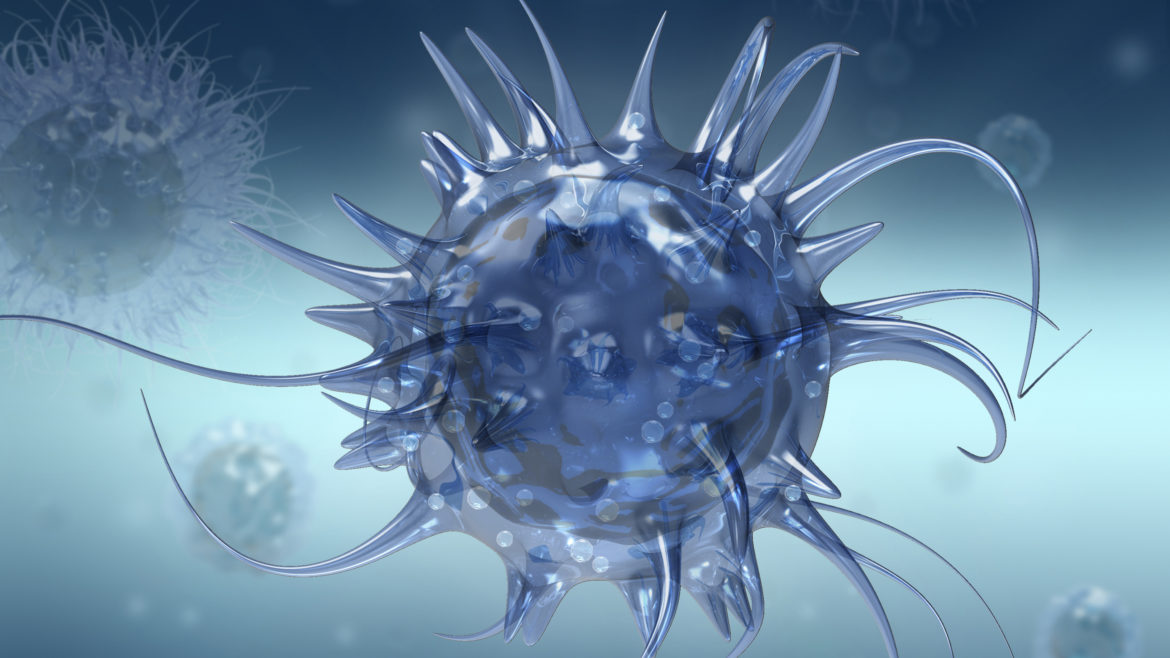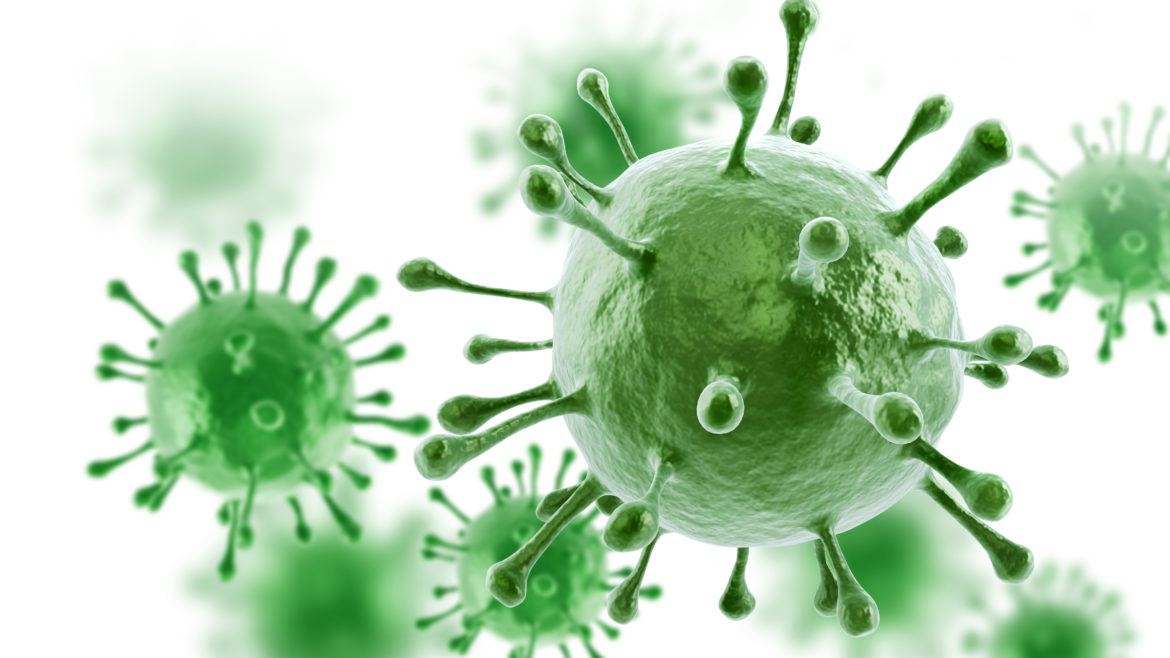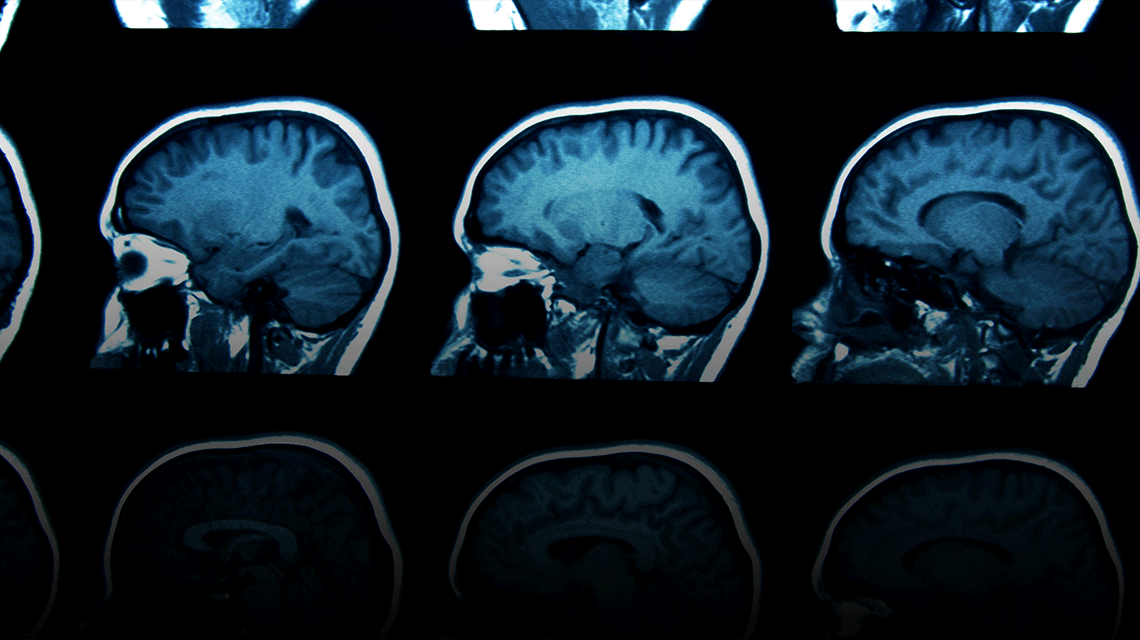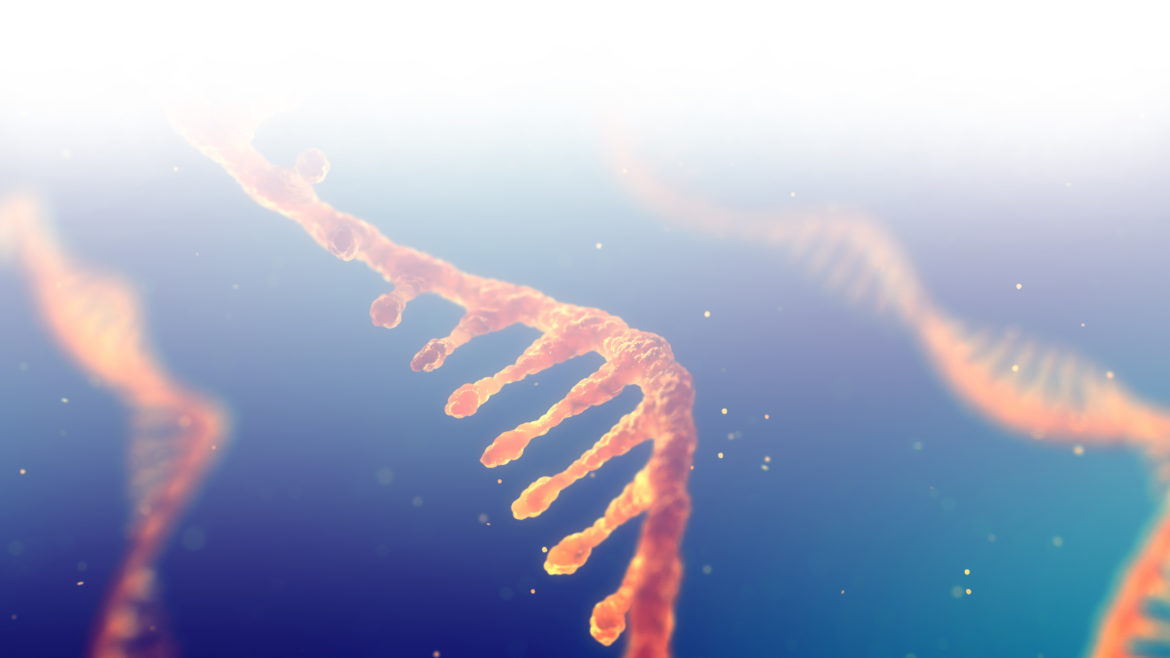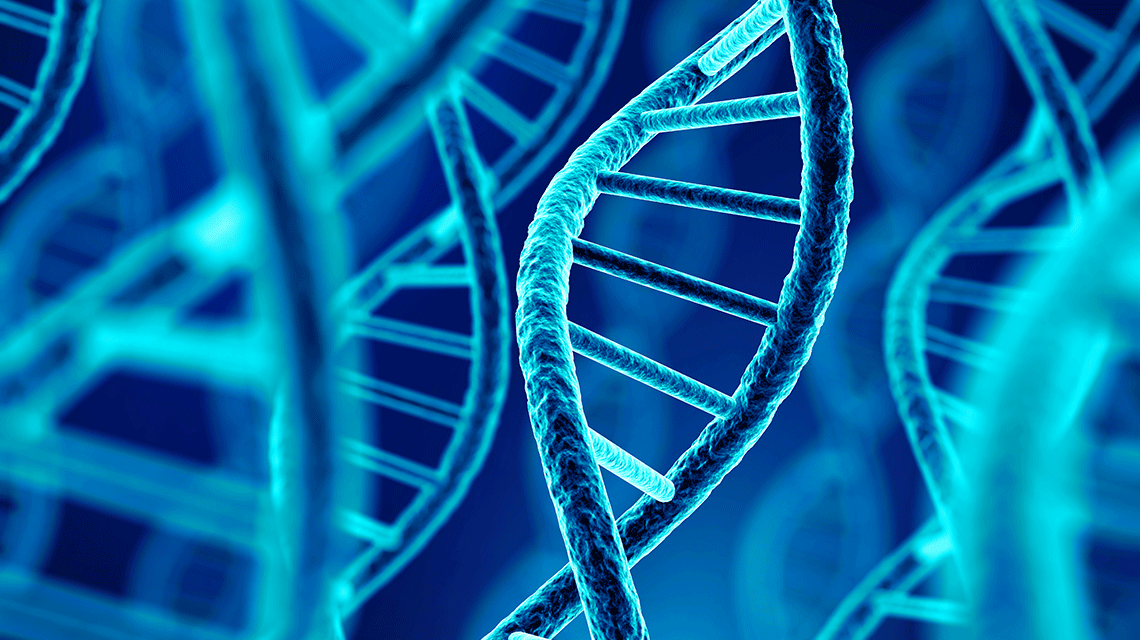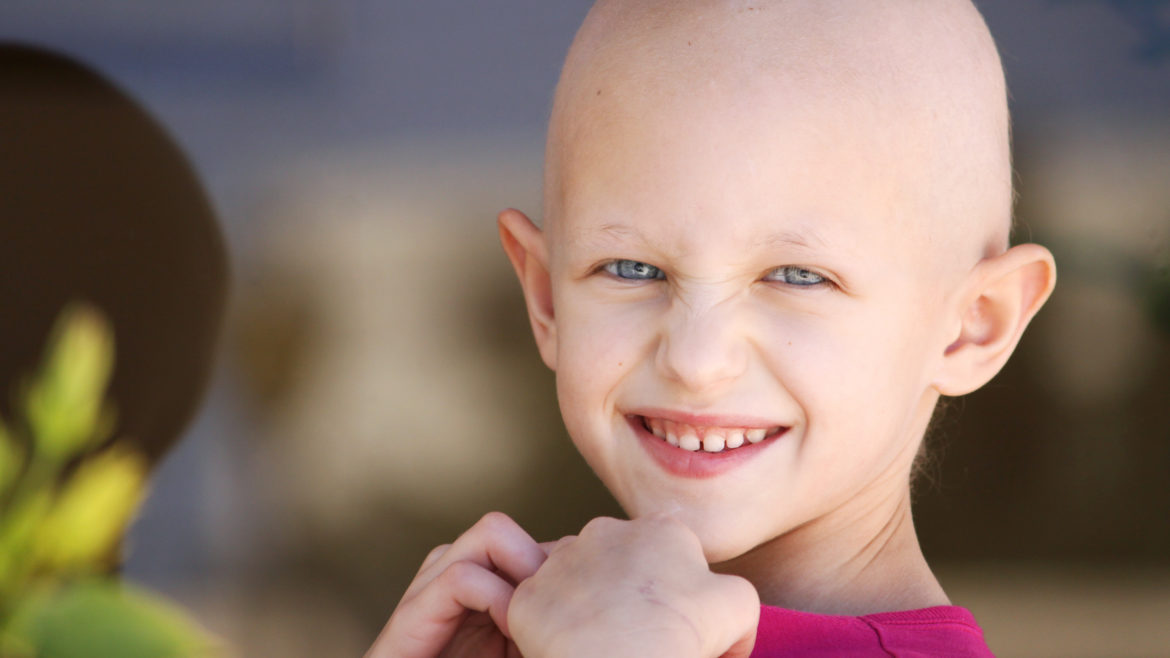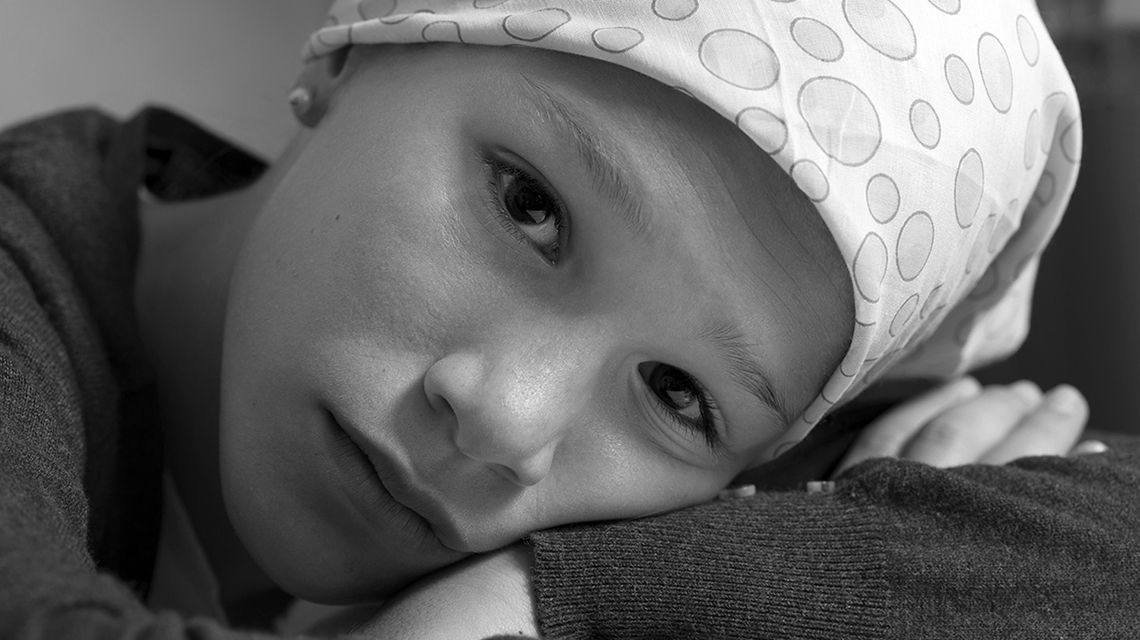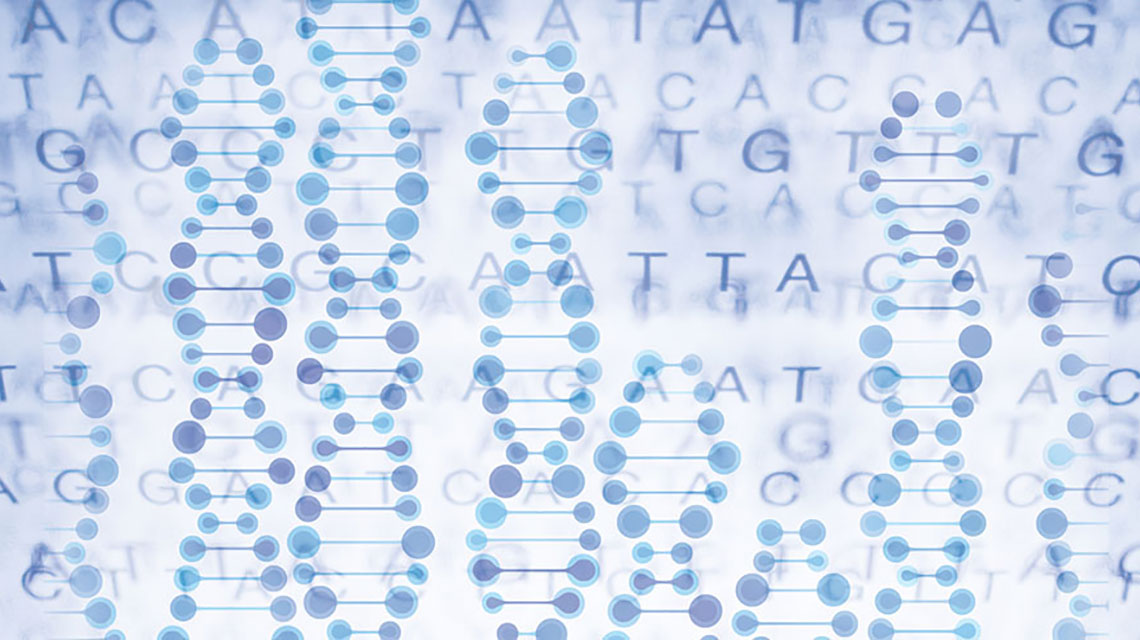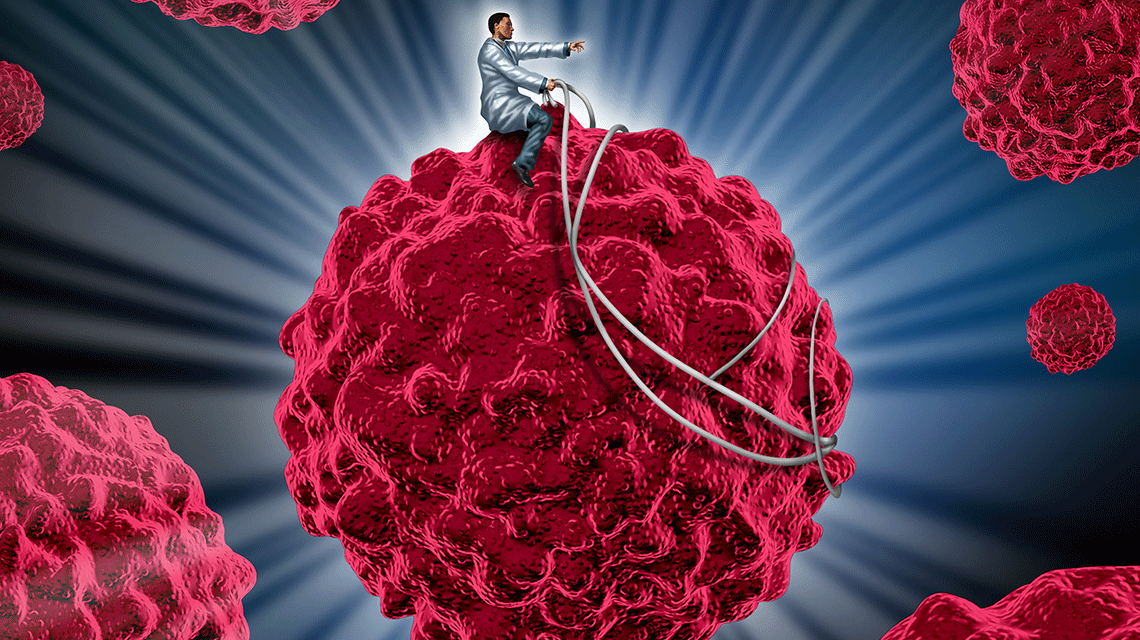Coexistence of Different Telomere Maintenance Mechanisms in Pediatric High-Grade Glioma Tumors
Coexistence of Different Telomere Maintenance Mechanisms in Pediatric High-Grade Glioma Tumors https://pediatricsnationwide.org/wp-content/uploads/2023/08/AdobeStock_599321803-1024x504.jpg 1024 504 Lauren Dembeck https://pediatricsnationwide.org/wp-content/uploads/2021/03/Dembeck_headshot.gifDue to within-tumor heterogeneity, telomere-based therapeutic interventions will likely need to target both known telomere maintenance mechanisms to prevent resistance and recurrence. Normal differentiated somatic cells can divide only a limited number of times due to loss of the physical ends of their chromosomes, the telomeres, with each replication. When the telomeres reach their…



